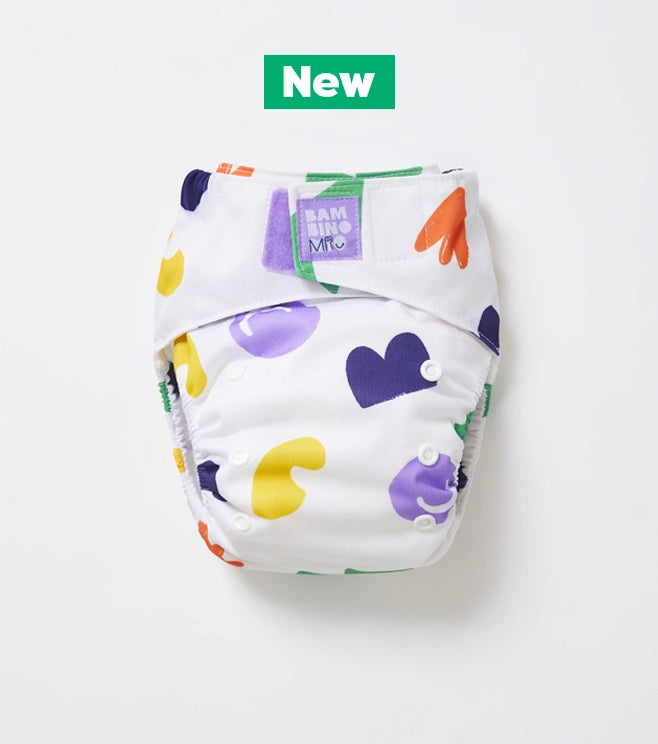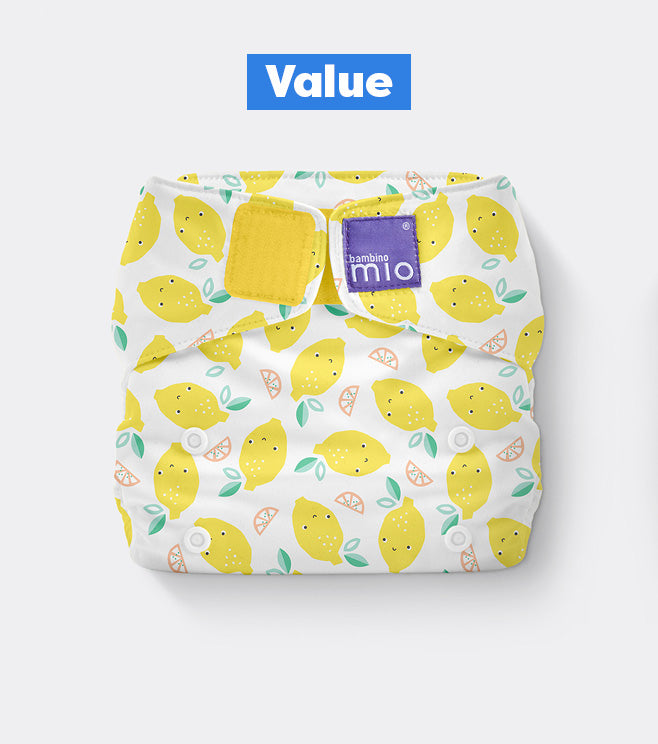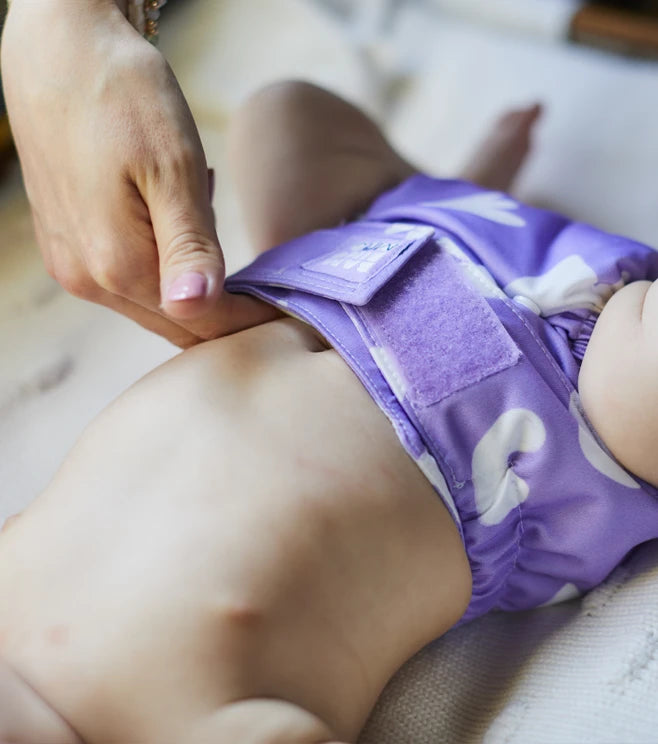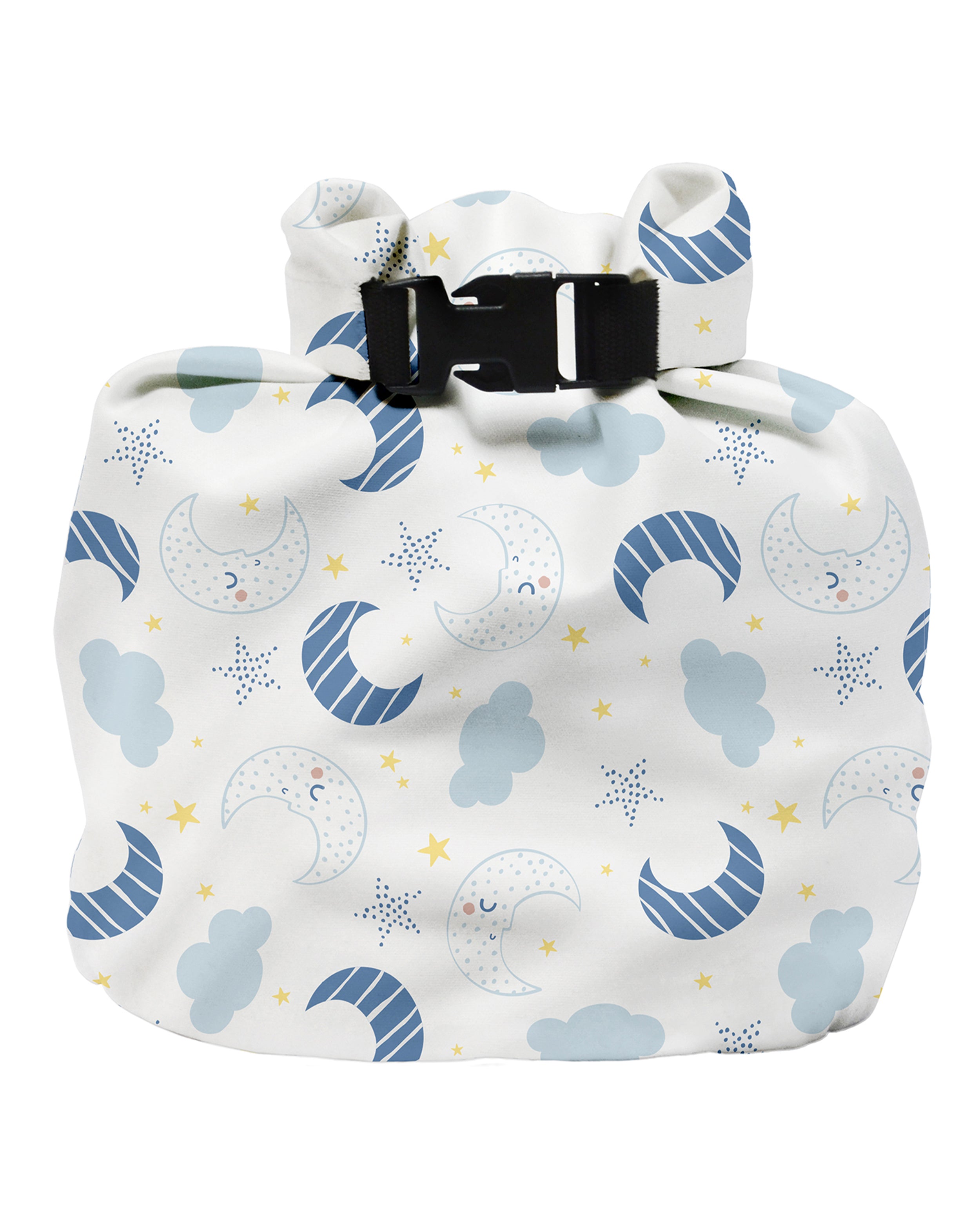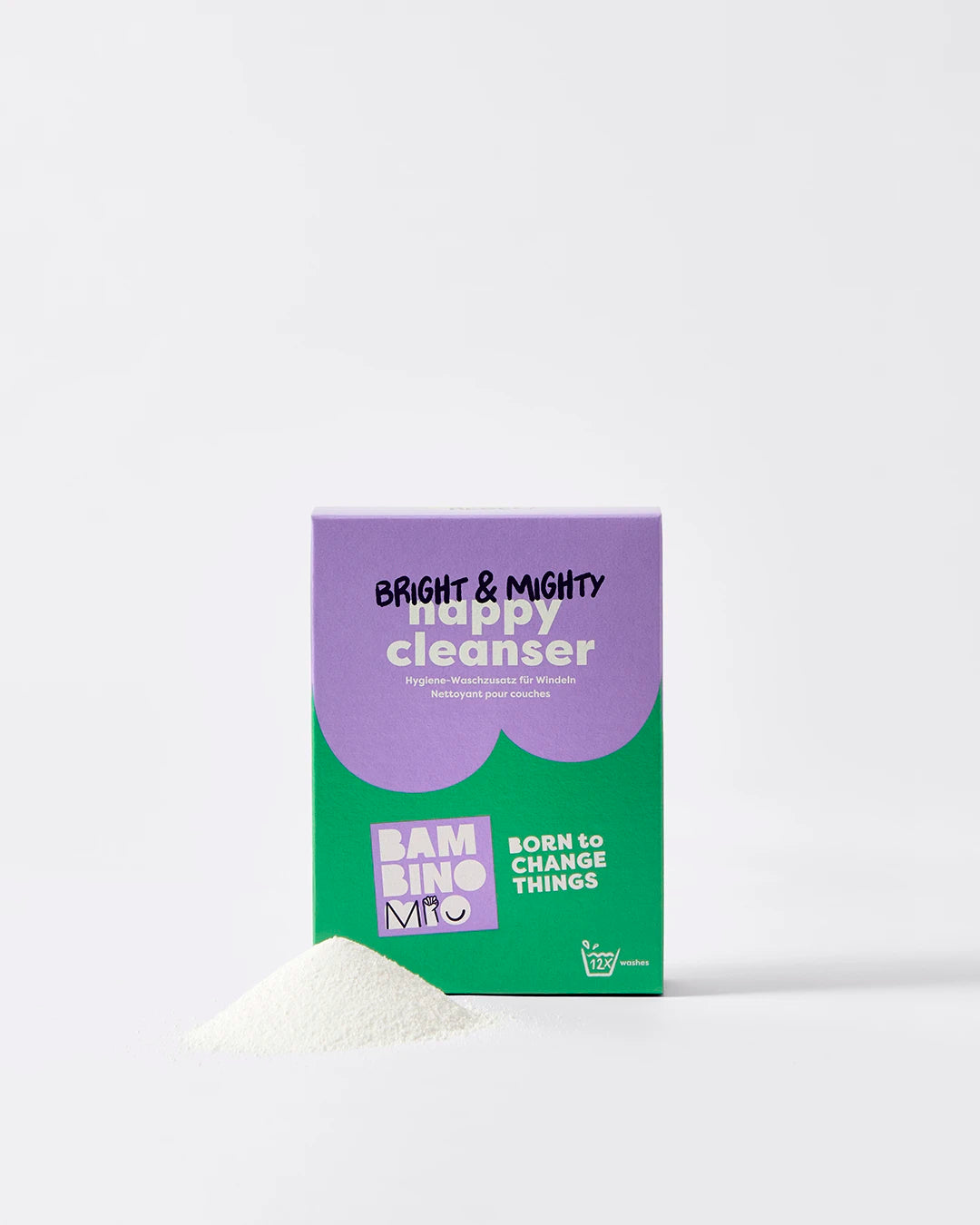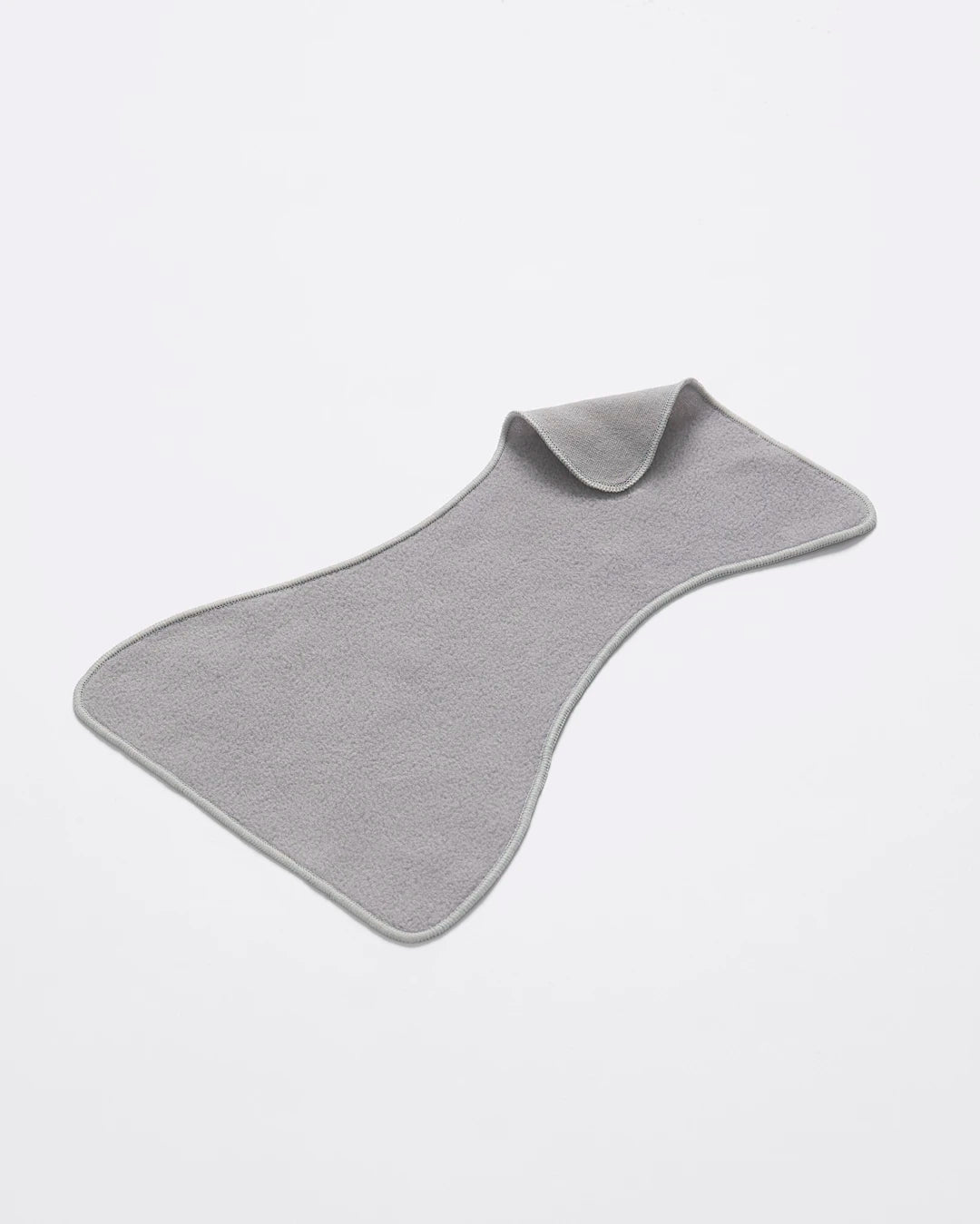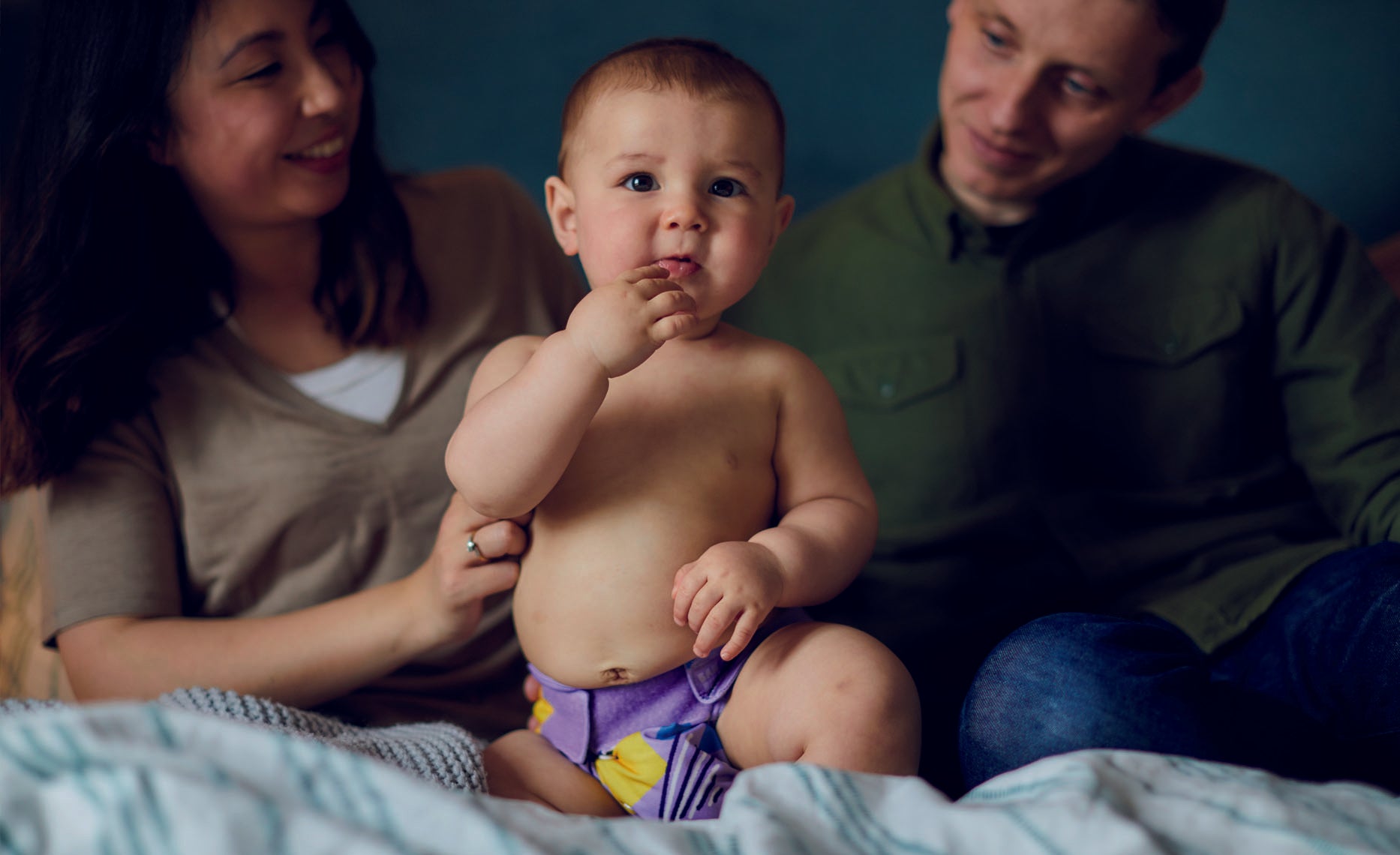Week 20 of Pregnancy | How Big is Your Baby at 20 Weeks?
Share Options
- Bambino Mio
- 13 / 06 / 2023
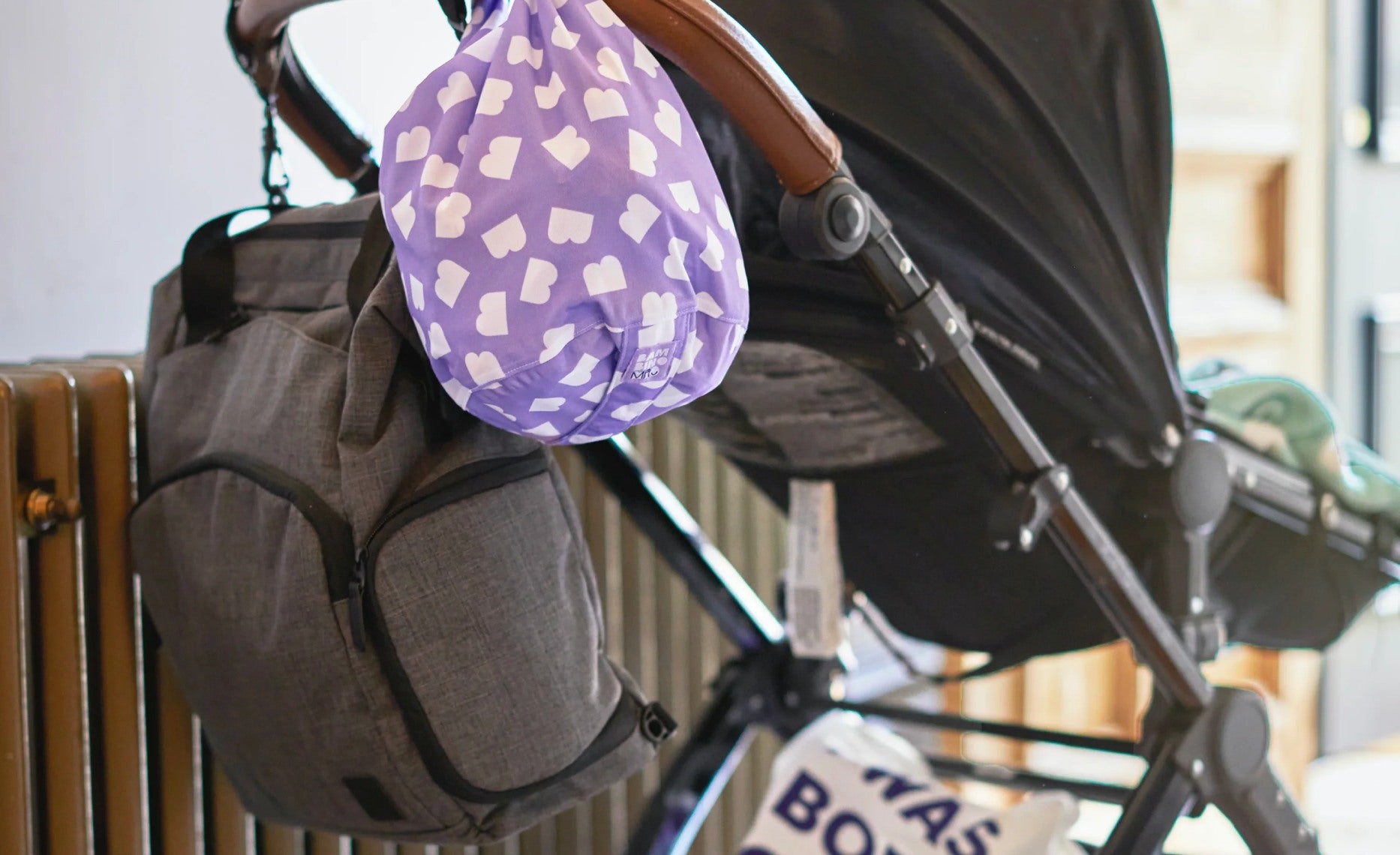
Inside this Article:
Pregnancy is a time of huge change for you, your body and your life. Our guide will help you through this amazing time, letting you know what to expect at each stage and, most excitingly, what your baby is up to each week.
Your baby is now the size of a banana!
At 20 weeks of pregnancy, your baby is around the length of a large banana (1), or 25.5cm (10 inches). He or she weighs around twice as much as that banana, though - around 330g (11.7oz) and all their major organs are fully formed.
At earlier scans, your baby will have been measured from crown to rump (from the top of their head to the bottom of their bum). From now on, however, your sonographer will measure them from crown to heel because their body and limbs are more in proportion.
There’s a lot going on inside your baby, too, with their lungs busy developing (2) and sucking reflexes starting to kick in - you might be lucky enough to see your baby sucking their thumb at a scan!
If you’re expecting a girl, her uterus (womb) is now almost fully formed. Boys’ testicles have also formed and they’re waiting in his abdomen until they have a completed scrotum to go to!
Baby’s already preparing for the outside world!
At around 20 weeks, your baby’s pores start to form a thick, fatty white substance called vernix caseosa. In the third trimester, this substance moves out of the pores to coat the skin to protect it during the last few weeks of immersion in amniotic fluid.
Vernix caseosa (3) is also believed to act as a lubricant to help your baby through the birth canal and as a barrier cream between your baby’s delicate skin and a suddenly rather dry environment! This useful gunk is also thought to help newborn babies to stabilise their body temperature.
Your 20-week scan
Your anomaly scan, or 20-week scan (4) usually happens at 18-21 weeks. Your sonographer will check your baby’s growth by measuring the circumferences of their head and abdomen, as well as the length of their femur (thigh bone).
Your baby will still be fairly curled up, but by using measurements like femur length, your sonographer can work out how big your baby is and how well they’re growing.
To ask or not to ask…
The 20-week ultrasound scan is most parents’ first opportunity to find out if they’re having a baby boy or girl. It’s totally up to you whether you ask or not, with some parents choosing to find out at birth. Knowing which sex your baby is can help you to plan parties and choose girl or boy names.
How you’re feeling at 20 weeks pregnant
You’re halfway through your pregnancy! By now, you might be feeling little kicks and flutters as your baby practises its moves.
You’ll probably be showing a little by now; even if you don’t have a bump, your waistline might be slowly disappearing and you might notice breathlessness (5), especially when you’re walking or exercising (6).
The good news is that by the 20th week of pregnancy you probably have your appetite back and you’re feeling a bit more energetic, despite any shortness of breath you might have.
Staying healthy at 20 weeks pregnant
Your appetite may well be back to normal now and your stomach hasn’t been squared into a pancake by your baby just yet! This is a good time to nourish you and your baby by eating:
- Lots of fruit and vegetables - at least five portions a day, with lots of leafy green veg to help your iron levels along
- Slow-release complex carbs such as wholegrain breads, brown rice and pasta
- Protein-rich foods such as lean meats, pulses, dairy products (pasteurised) and eggs, as well as hummus, nuts and seeds
- Healthy fat-rich foods such as avocados, nuts, seeds and oily fish (just one or two portions a week) like sardines for the omega 3 fatty acids (7), which help your baby’s brain and eyes develop
What you need to think about at 20 weeks of pregnancy
When you’re 20 weeks along in your pregnancy, it’s a good idea to think about spending some quality time with your partner or other loved ones, so book a weekend away and relax.
The second trimester is a great time for this as you’ll feel more energetic than you did in the earlier stages and you’re still very mobile!
Other things to consider are buying things like clothes for your baby - as well as looser clothes for yourself so you’re cool and comfortable during the second half of your pregnancy. You might find you're more comfortable in a maternity bra around now, so you can add that to your list too.
Citations and References
(1) National Health Service (NHS). Better Health. Start4Life. ‘Week-by-week Guide to Pregnancy: Week 20.’ Web. www.nhs.uk/start4life/pregnancy/week-by-week/2nd-trimester/week-20
(2) National Institutes of Health (NIH). National Library of Medicine. ‘Overview of Lung Development in the Newborn Human.’ 2017. Web. www.ncbi.nlm.nih.gov/pmc/articles/PMC5538827
(3) National Institutes of Health (NIH). National Library of Medicine. ‘Unravelling the Mystery of Vernix Caseosa.’ 2008. Web. www.ncbi.nlm.nih.gov/pmc/articles/PMC2763724
(4) National Health Service (NHS). ‘Your Pregnancy Care: 20-week Screening Scan.’ 2021. Web. www.nhs.uk/pregnancy/your-pregnancy-care/20-week-scan
(5) Medical News Today. ‘Causes of Shortness of Breath During Pregnancy.’ 2023. Web. www.medicalnewstoday.com/articles/322316
(6) National Health Service (NHS). Keeping Well in Pregnancy: Exercise in Pregnancy.’ 2023. Web. www.nhs.uk/pregnancy/keeping-well/exercise
(7) National Institutes of Health (NIH). National Library of Medicine. ‘Omega-3 Fatty Acids and Pregnancy.’ 2010. Web. www.ncbi.nlm.nih.gov/pmc/articles/PMC3046737
Pregnancy by Week, What to Expect



